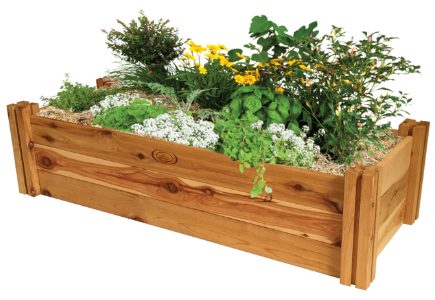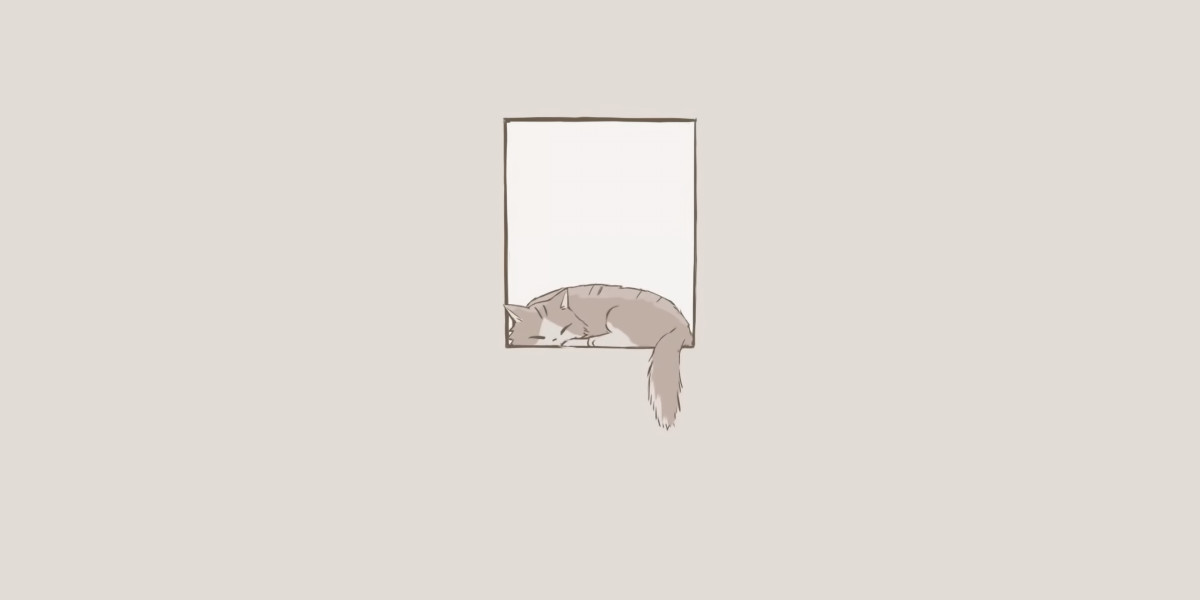Creating a beautiful garden is an art that involves thoughtful planning and creativity. The concept of mix-and-match garden parts allows gardeners to explore various combinations of plants, colors, and textures, resulting in a stunning landscape. This article will guide you through the essentials of mixing and matching plants effectively.

Understanding Plant Compatibility
When considering mix-and-match garden parts, it is crucial to understand plant compatibility. Not all plants thrive together; some may compete for nutrients or space. Have you ever wondered why certain plants flourish in one garden but struggle in another? The answer often lies in their compatibility. Here are a few factors to consider:
- Sunlight Requirements: Ensure that plants with similar sunlight needs are grouped together.
- Soil Preferences: Different plants have varying soil pH and moisture requirements.
- Growth Habits: Consider the height and spread of plants to avoid overcrowding.
Color Schemes and Textures
Another vital aspect of mix-and-match garden parts is the use of color and texture. A well-planned color scheme can transform your garden into a visual masterpiece. Here are some tips to create a harmonious palette:
- Complementary Colors: Pair colors that enhance each other, such as purple and yellow.
- Monochromatic Schemes: Use varying shades of a single color for a sophisticated look.
- Textural Variety: Combine plants with different leaf shapes and sizes to add depth.
Seasonal Considerations
When mixing and matching garden parts, it is essential to consider seasonal changes. Some plants bloom in spring, while others may thrive in summer or fall. By selecting a variety of plants that bloom at different times, you can ensure that your garden remains vibrant throughout the year. Wouldn't it be delightful to have a garden that changes with the seasons?
Practical Tips for Successful Combinations
To achieve a stunning landscape through mix-and-match garden parts, consider the following practical tips:
- Start with a focal point, such as a unique plant or garden structure.
- Incorporate vertical elements like trellises or garden beds to create layers.
- Experiment with different combinations in a small area before committing to a larger space.
For those looking to enhance their gardening experience, consider investing in quality materials. Check out  for durable and stylish options that can complement your garden design.
for durable and stylish options that can complement your garden design.
Conclusion
In conclusion, the art of mix-and-match garden parts is about creativity, compatibility, and seasonal awareness. By understanding plant relationships and experimenting with colors and textures, you can create a stunning landscape that reflects your personal style. So, why not start planning your dream garden today?






